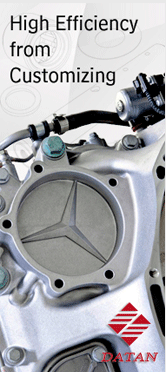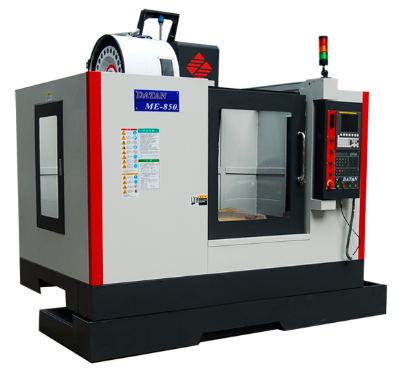The early NC machines were, in the main, based upon a modified milling machine, with this concept of control being utilised on turning, punching, grinding and a whole host of other machine tools later.
Towards the end of the 1950s, hydrostatic slideways were often incorporated for
machine tools of higher precision, which to some extent overcame the stiction
problem associated with conventional slide way response, whilst the technique of
averaging-out slideway inaccuracy brought about a much increased precision in
the machine tool and improved their control characteristics.
The concept of the "machining centre" was the product of this early work, as it allowed the machine to manufacture a range of components using a wide variety of machining processes at a single set-up, without transfer of workpieces to other machine tools.
A machining centre differed conceptually in its design from that
of a milling machine, in that the cutting tools could be changed automatically
by the transfer mechanism, or selector, from the magazine to spindle, or vice
versa. In this manner, the automatic tool changing feature enabled the
machining centre to productively and efficiently machine a range of
components, by replacing old tools for new, or preselecting the next cutter
whilst the current machining process is in cycle.
Here is an excellent machining center in Datan :




